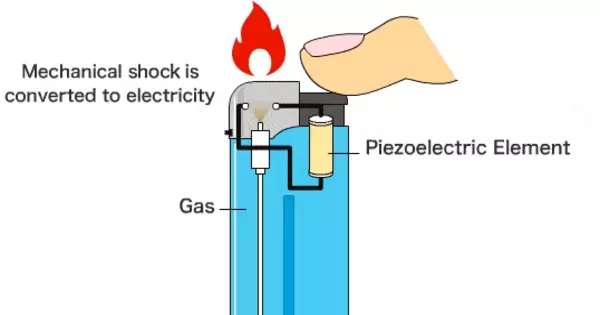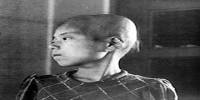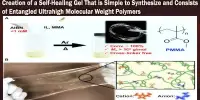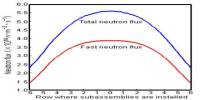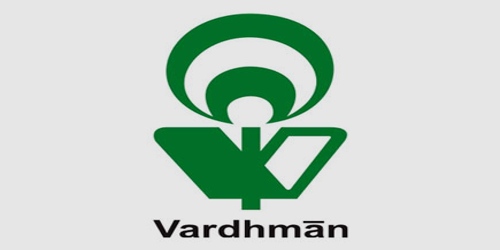Piezoelectricity is the property of certain materials to generate an electric charge in response to mechanical stress or pressure, and vice versa. This phenomenon was first discovered by Pierre and Jacques Curie in 1880, and the term “piezoelectricity” was coined by their colleague Paul Langevin.
Piezoelectric materials are usually crystals or ceramics with a non-centrosymmetric structure, which means they lack a center of symmetry. When these materials are subjected to mechanical stress, such as pressure or vibration, their crystal lattice deforms and creates an electric polarization, generating an electric field. Conversely, when an electric field is applied to a piezoelectric material, it causes a deformation of the crystal lattice, resulting in a mechanical displacement or vibration.
Piezoelectricity is the electric charge that accumulates in certain solid materials, such as crystals and ceramics, as well as biological matter such as bone, DNA, and various proteins, in response to mechanical stress. The term piezoelectricity refers to electricity generated by pressure and latent heat.
In crystalline materials with no inversion symmetry, the piezoelectric effect results from the linear electromechanical interaction between mechanical and electrical states. The piezoelectric effect is reversible: materials that exhibit the piezoelectric effect also exhibit the reverse piezoelectric effect, which is the internal generation of mechanical strain as a result of an applied electric field.
When the static structure of lead zirconate titanate crystals is deformed by about 0.1% of its original dimension, it generates measurable piezoelectricity. When an external electric field is applied to those same crystals, they change about 0.1% of their static dimension. The inverse piezoelectric effect is used to generate ultrasound waves.
French physicists Jacques and Pierre Curie discovered piezoelectricity in 1880. The piezoelectric effect has been exploited in many useful applications, including the production and detection of sound, piezoelectric inkjet printing, generation of high voltage electricity, as a clock generator in electronic devices, in microbalances, to drive an ultrasonic nozzle, and in ultrafine focusing of optical assemblies.
Application
Piezoelectric materials are widely used in various applications such as sensors, actuators, and transducers. They are used in medical ultrasound machines, musical instruments such as guitar pickups, and even in everyday devices such as cigarette lighters and pressure sensors. The piezoelectric effect is also utilized in energy harvesting technologies to convert mechanical vibrations into electrical energy for power generation. It is also used in medical ultrasound imaging and in energy harvesting from ambient vibrations for low-power electronics.
